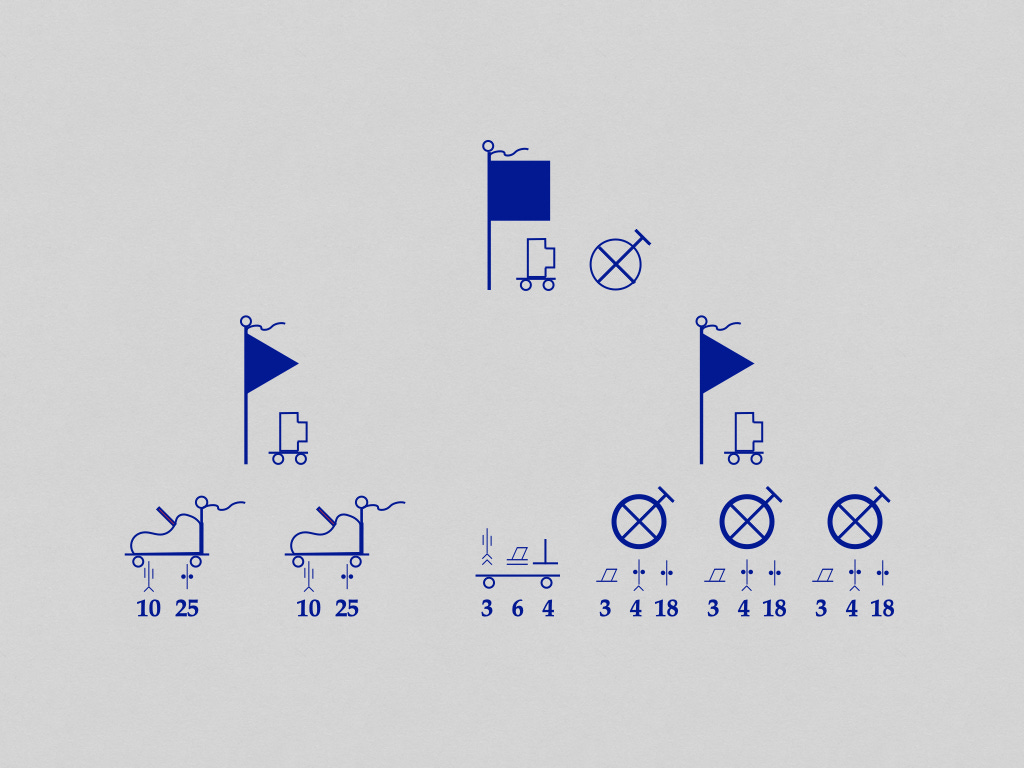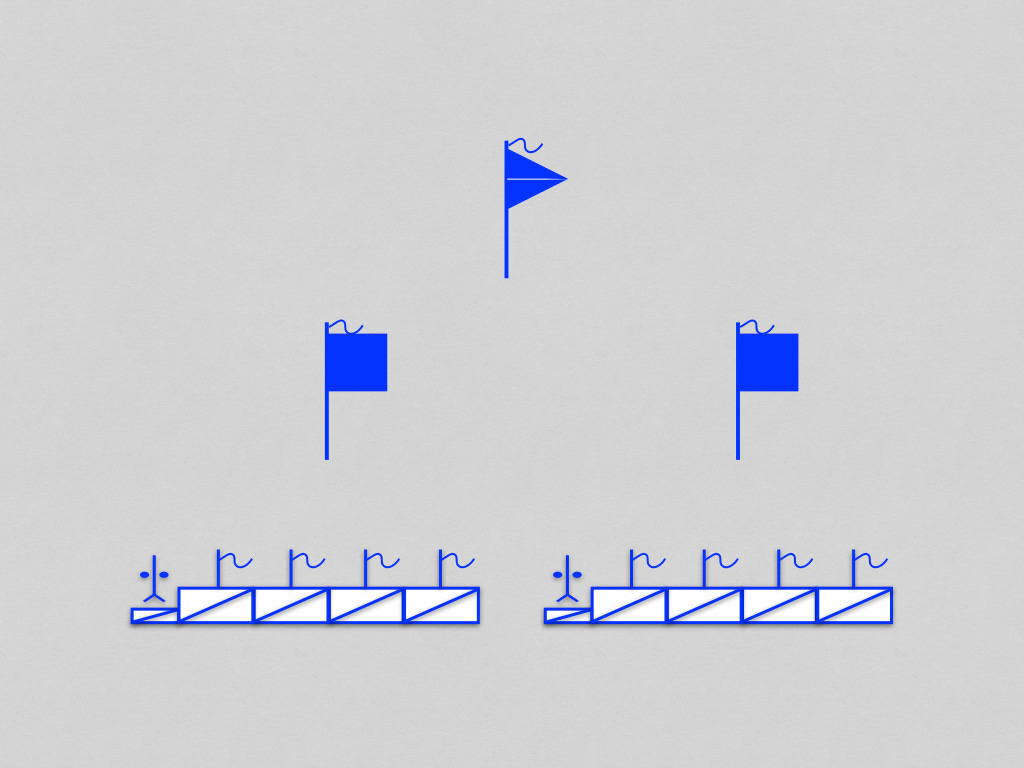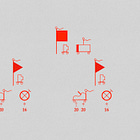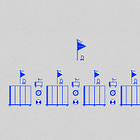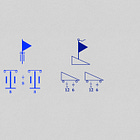Reconnaissance Units of Quick Divisions
Quick Divisions of the 1930s (Part II)
Known as the “discovery regiment” [régiment de découverte], the reconnaissance unit of the French light mechanized division consisted of two identical half regiments [demi-régiments], each of which might well be described as a small battalion. Each half regiment, in turn, was composed of two squadrons. The first squadron operated twenty “discovery armored cars” [automitrailleuses de découverte]. The second squadron rode on sixty-five motorcycles, many of which were provided with sidecars.
Each automitrailleuse de découverte was armed with a 25mm antitank gun and a rifle-caliber (7.5mm) machine gun. Thus, a squadron of twenty such vehicles possessed more anti-tank guns than a twelve-gun antitank company and more machine guns than a sixteen-gun machine gun company.
One of every four motorcycles of each motorcycle squadron carried a dismountable light machine gun. Thus, if the motorcyclists dismounted, each of the sixteen squads into which they were organized was able to fight in much the same way as a contemporary rifle squad.
The firepower of the régiment de découverte, however, served less as a means of winning engagements than as a tool for breaking contact as rapidly as possible. To the same end, each automitrailleuse de découverte was provided with two drivers, one of whom faced the front of the vehicle and the other of whom faced the rear.
Called the “reconnaissance regiment” [Aufklärungs Regiment], the German counterpart of the régiment de découverte also consisted of a mixture of squadrons equipped with armored cars and squadrons mounted on motorcycles. In one case, that of Aufklärungs Regiment 8 of the 3rd Light Division, these were formed into a pair of mirror-image mixed battalions [Abteilungen]. In two other cases, that of the reconnaissance regiments of the 2nd and 4th Light Divisions, each battalion provided a home to squadrons of one kind, but not the other. 1
The German reconnaissance regiment differed from the régiment de découverte in two additional ways. First, the ratio of armored car squadrons to motorcycle squadrons was two to one. Second, each battalion that contained motorcycle squadrons also included a heavy squadron. The latter unit, which was largely mounted in trucks and unarmored half-track vehicles, consisted of platoons armed with 75mm infantry guns, 81mm mortars, and 37mm anti-tank guns.2
The presence of heavy squadrons suggests that the designers of German reconnaissance regiments assumed that a unit of that type would be more likely than a régiment de découverte to engage in sustained combat. At the same time, the fact that German armored car companies had only half as many antitank guns as French armored car companies suggests that the designers of the light divisions presumed that the motorcycle and heavy squadrons would bear the brunt of such fighting.
The reconnaissance unit of the Austrian Schnelle Division consisted entirely of horse cavalry. To be more specific, it was a single cavalry brigade composed of two regiments, each of which consisted of four squadrons of dragoons and a squadron armed with heavy machine guns.
Like most other horse soldiers of the interwar period, the dragoons of the cavalry brigade of the Schnelle Division were organized, equipped, and trained to fight on foot. However, when employed in that mode, the unit would have been hard pressed to compete with either typical infantry battalion of the day, let alone a régiment de découverte or an Aufklärungs Regiment. In particular, it was poorly supplied with heavy machine guns and entirely bereft of mortars, infantry guns, and anti-tank guns.
It is thus not surprising that, when the Austrian Schnelle Division was converted into the 4th Light Division, the German officers managing the metamorphosis made no attempt to repurpose the horse cavalry brigade. Instead, they transformed an Austrian motorized infantry unit into the motorcycle battalion and built the armored car battalion on a framework provided by an Austrian armored car company.
Source: Details on the conversion of the Austrian Schnelle Division into the 4th Light Division come from Rolf Stoves, Die Gepanzerten und Motorisierten Deutschen Großverbände (Divisionen und selbständige Brigaden) 1935-1935, (Friedberg: Podzun Pallas, 1986), pages 42-44
All Articles in this Series
The 1st Light Division made do with a single reconnaissance battalion, which was organized in much the same ways the the reconnaissance battalions of the 2nd and 4th Light Divisions.
In the 2nd and 3rd Light Divisions, each heavy company also included a platoon of combat engineers.




